News
What Are Real-World Assets, and Are They a Good Investment in 2024?
ChainPlay
•
one year ago
Share :

Close-Up Shot of Bitcoins on Paper Money · Free Stock Photo (pexels.com)
Real-world assets (RWAs) are digital tokens that represent traditional and physical financial assets like commodities, cash, bonds, equities, and intellectual property. These tokens operate on the blockchain through smart contracts. This allows for the integration of non-digital assets into the decentralized financial ecosystem.
RWA coins are digital tokens representing physical assets that are created through asset tokenization. This process involves converting real-world assets into digital forms that can be traded on blockchain networks. According to Soobin Choi from Techopedia, the rwa코인 token is designed to connect the digital world of cryptocurrencies and blockchain technology with traditional investment opportunities in physical assets. This can include real estate, fine art, or even luxury items like rare cars. While RWAs offer several potential benefits, are they good investments?
How Do RWAs Differ From Traditional Assets?
RWAs differ from traditional assets in several ways:
- Tokenization: RWAs are represented as digital tokens on the blockchain, whereas traditional assets are held in physical or centralized digital forms. Tokenization allows RWAs to be divided into smaller, more accessible units that can be traded on decentralized platforms.
- Liquidity: Tokenized RWAs provide increased liquidity and the ability to trade RWA coins like Ondo or Polymash on blockchain platforms increases their accessibility and market reach.
- Transparency: Like most cryptocurrencies, transactions, and ownership records for tokenized RWAs are recorded on an immutable blockchain ledger, making transactions transparent.
- Accessibility: Tokenization makes it easier to invest in RWAs, allowing smaller investors to invest in asset classes that were previously out of reach. Tokenization also allows for fractional ownership of RWAs. Ownership of traditional assets is typically documented through physical certificates or centralized digital records.
- Integration with DeFi: Tokenized RWAs can be integrated with DeFi protocols, allowing for new financial opportunities such as using RWAs as collateral for loans or earning yield on them.
Benefits of Investing in RWAs
Investing in RWAs has its challenges but also offers the advantages of stable growth and potential value increase of physical assets along with the perks of blockchain technology. These features make RWAs an appealing investment choice for a diverse set of investors looking for stable growth. The benefits of investing in RWAs include:
Stable Growth and Value Appreciation
RWAs like real estate, commodities, and fine art can have historically performed well as inflation hedges. This can provide relatively stable income streams and the potential for long-term value appreciation, offering you a hedge against inflation.
Liquidity
Tokenizing RWAs allows them to be traded on blockchain networks, increasing their liquidity compared to traditional illiquid assets. This allows for faster and more efficient trading of these assets. For instance, the tokenization of RWAs such as in-game assets, collectables (NFTs), and virtual real estate allows for the integration of these tangible assets into gaming platforms.
Transparency and Security
The use of blockchain technology in RWA tokenization ensures a transparent and traceable record of asset ownership and transactions. This can improve trust, reduce intermediaries, and streamline processes compared to traditional assets.
Lower Expenses
Tokenization can reduce the costs associated with issuing, trading, and managing RWAs by cutting out intermediaries and legacy administrative overhead. This is very similar to using cryptocurrencies at betting sites that offer much lower transaction fees compared to traditional payment methods like credit cards. In both cases, the decentralized and disintermediated nature of blockchain and cryptocurrencies leads to lower operational expenses.
Diversification
Investing in a variety of tokenized RWAs, such as real estate, commodities, and intellectual property, can help diversify an investment portfolio and potentially lower the impact of market fluctuations.
Income Generation
Tokenized RWAs, such as real estate, can generate regular income through rents or dividends, providing an additional revenue stream for investors. This stable income can be a valuable component of an investment portfolio, offering a hedge against market fluctuations and inflation.
Share this article
#Other
Latest News
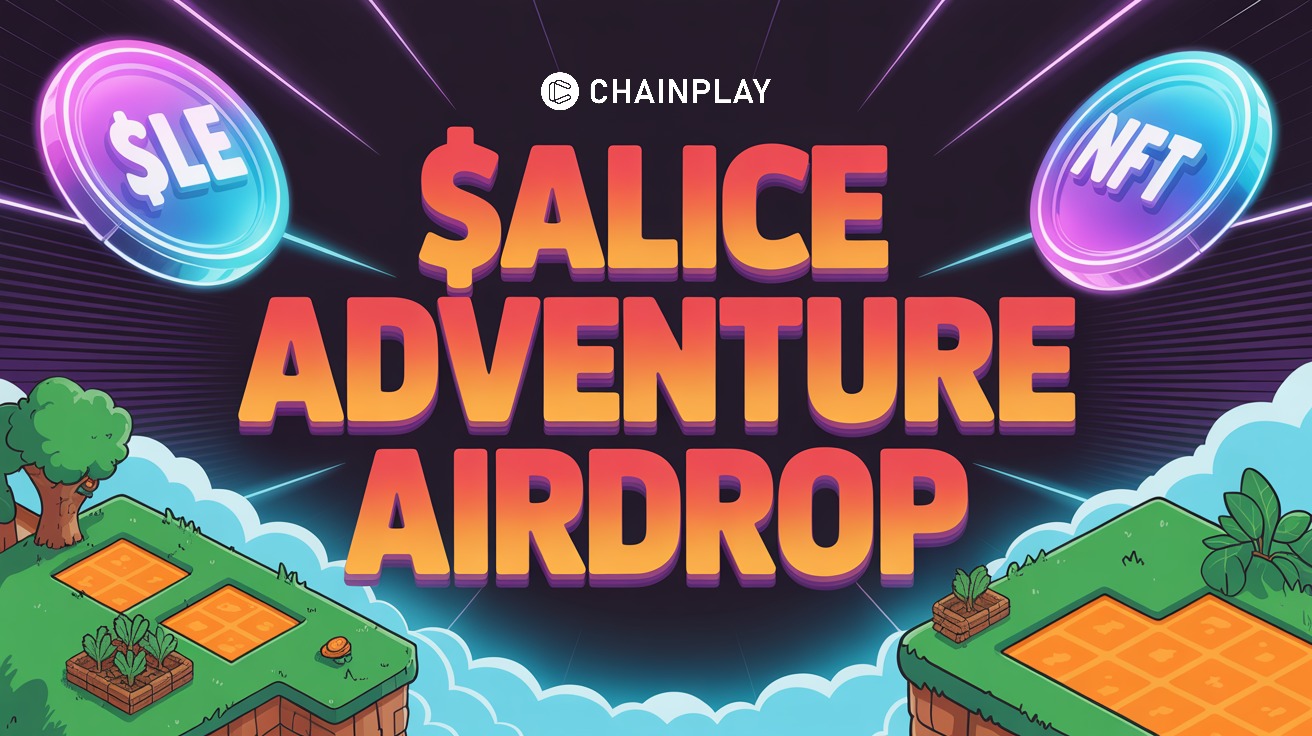
Hollow Wave Brings New Quests and Rewards to My Neighbor
13 hours ago
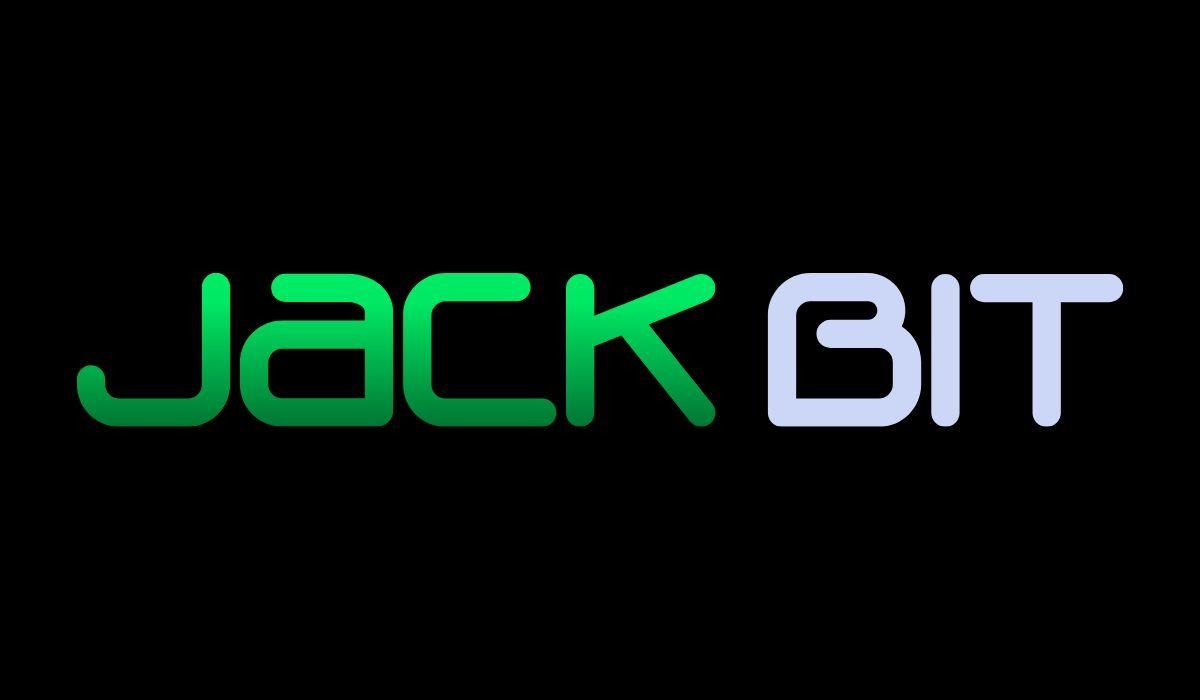
Best Crypto Casino 2025: JACKBIT Leads the Charge as
yesterday
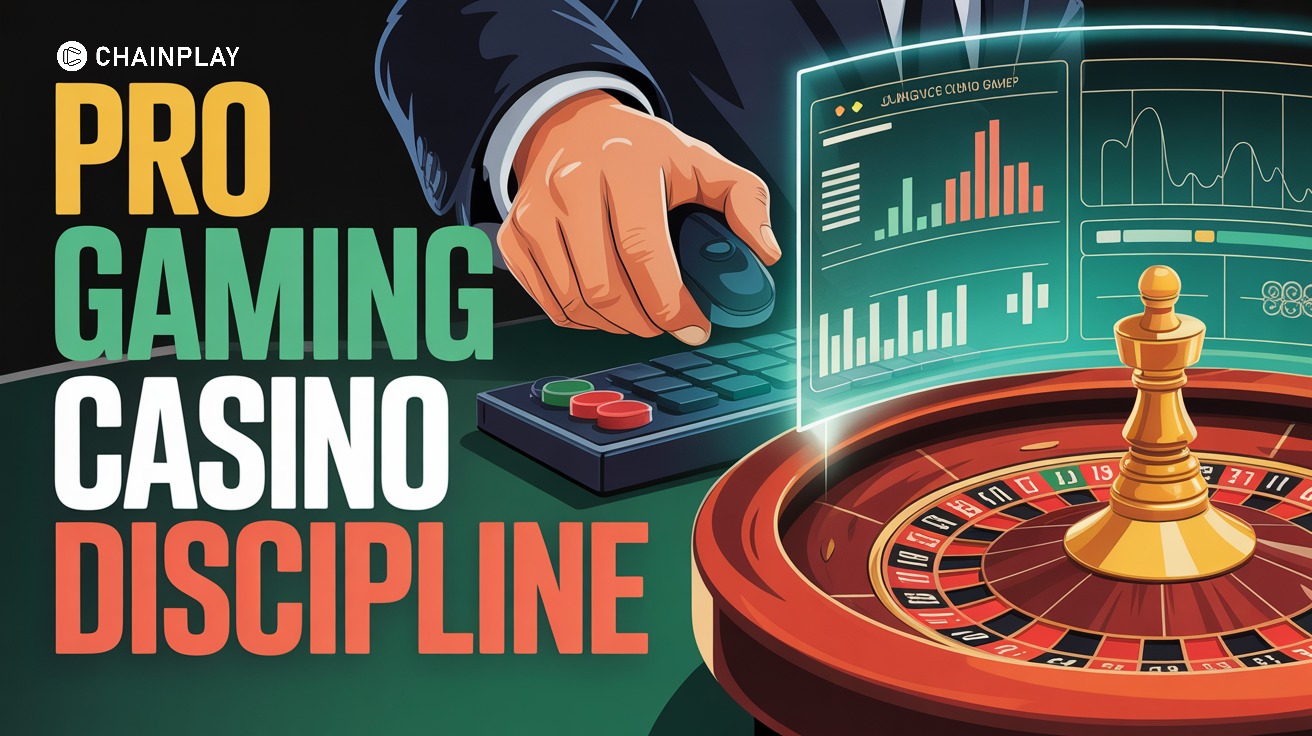
The Professional Approach: Applying Pro Gaming Discipline
yesterday
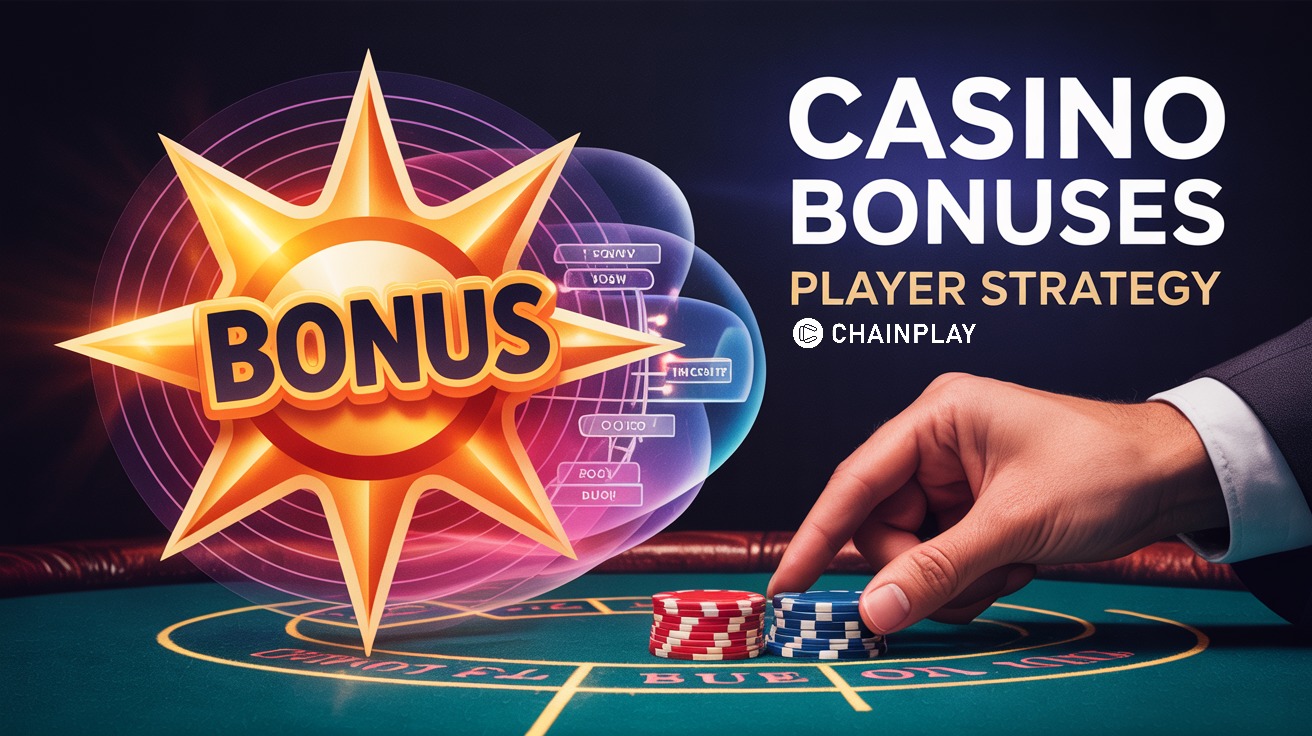
How casino bonuses influence player behavior and long-term
2 days ago
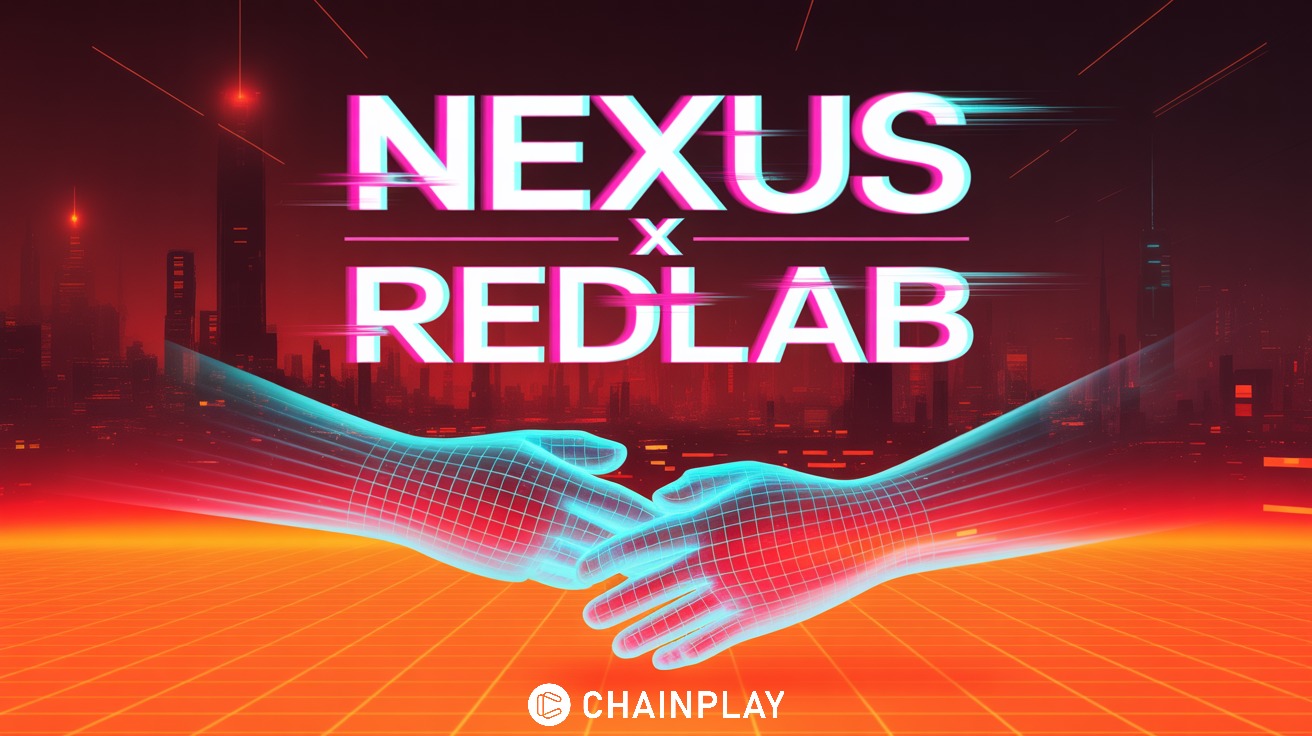
NEXUS and Redlab Partner to Grow Onchain Gaming on
2 days ago
Related articles

Learn how applying pro gaming discipline to casino games can improve your results. We cover the mindset, health, and math needed to win.
ChainPlay
•
yesterday

Read our 2025 JACKBIT review. We test its instant crypto withdrawals, No-KYC policy, 6,000+ games, and wager-free Rakeback bonus.
ChainPlay
•
yesterday

Join Hollow Wave, the final $ALICE Airdrop chapter in My Neighbor Alice. Play, craft NFTs, and earn from a 250k $ALICE prize pool until Dec 2.
ChainPlay
•
13 hours ago



